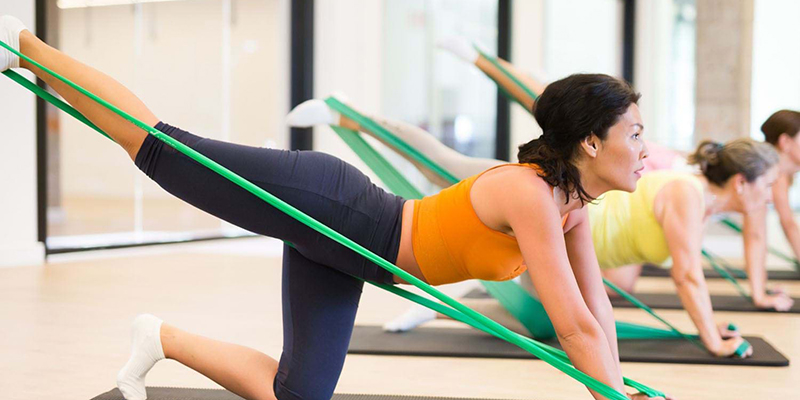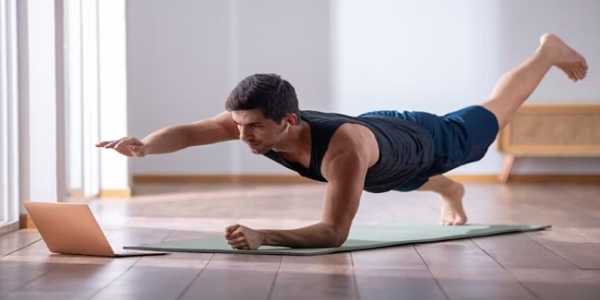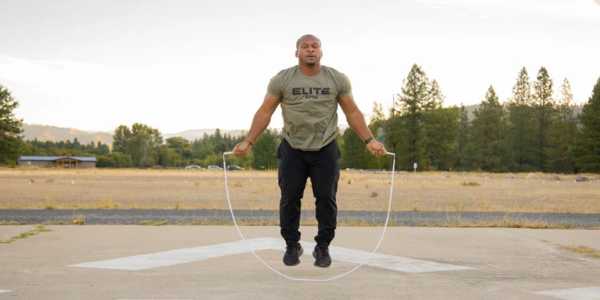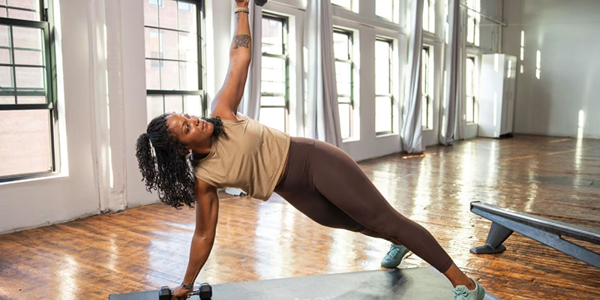How To Improve Posture Naturally
Have you ever found yourself hunched over your desk or perhaps realized that your shoulders are stiff after completing a long task? If you have, you're not alone. Slouching is more prevalent than expected, particularly today, where most people spend much of the day sedentary, glued to a computer screen. The good news is that improving one's posture does not have to be done through extreme changes or purchasing a posture trainer.
Why Is It Important To Maintain Posture
Posture describes the position in which we hold our body parts about each other while standing, seated, or lying. Good posture involves maintaining a neutral spine position paired with appropriately functioning muscles without any obstructive tension. Poor posture occurs when good alignment is absent, which can cause back pain, tight neck, and sometimes even migraines.

Why is posture important? It has been shown that maintaining good posture can significantly reduce muscular strain and minimize joint damage. Further study suggests that posture correlates with mental health indicators like mood and self-esteem. What is more surprising is that people who consistently maintain good posture find themselves in less stressful situations and feel more powerful than individuals who tend to slouch.
The Technology-Induced Effect On Our Posture
In modern society, which has shifted to a "digital first" practice, supposedly advanced technology is mainly responsible for shaping our posture, not always in a good way. Consider this: How often do you lean towards your phone or computer screen? These unrelenting habits have given rise to the "tech neck." It is where there is a constant strain on the cervical spine and the mules surrounding it due to extended periods of looking down.
In addition, sedentary living conditions make everyone more vulnerable to this. While sitting for extended periods, some muscles become overly tense. In contrast, others waste away, as they've put extreme strain on them, thus creating a painfully unbalanced posture. According to this research, people who sit most of their days are more prone to the chronic conditions of obesity, heart disease, diabetes, and many more, which stem from having low mobility and poor posture.
Easy Ways To Improve One’s Posture
One does not need to change one's lifestyle overnight to improve one's posture. One only has to implement simple and effective practices into daily routines, which can go a long way. Below are some practical techniques:
1. Focus On Core Strength Training
The core anchors the whole body structure, including the spine. Strengthening the core with various exercises such as bridges, planks, and bird dogs will allow for better posture. In addition, a well-developed core makes balance and coordination much more manageable, thus minimizing the risk of injury during day-to-day activities.
2. Advanced Movement During The Day’s Routine
Sitting for extended periods damages one's body, causing poor posture and blood circulation. A good habit to adopt is getting up from one's seat at least once every hour or utilizing a setter so that it can be bought. Try stretching around the workplace gently by doing shoulder rolls backwards, short walks or side bends. These simple movements help restore one's posture and energize the body to remain active for the whole day.
3. Redesign Your Work Environment For Posture Improvement
A workspace in which the furniture is set in such a way as to have people sitting and working in a comfortable and relaxed position makes maintaining good work posture towards effortless posture. Ensure that your chair has adequate lumbar support, place the computer screen in line with your eyes to keep your head straight, and position commonly used items within your arm's reach to lessen stretching movements. Minor adjustments like this have a significant effect on improving posture when working.
4. Relationships With Physical Activities Merge Through Yoga Or Pilates
Both Yoga and Pilates focus on the core of one's body, mainly the abdomen and the back, and movements of the body help to imagine and create. Yoga helps perfect proper posture, while Pilates improves flexibility and body control. Cat-cow stretch, child's pose, and bold warrior II pose specifically emphasize body parts most likely to develop tension while using proper alignment. Exercise helps eliminate weak structures, shortening overactive muscles and changing how one thinks about one's body.

5. Remember About The Type Of Shoes To Wear
It may be hard to grasp, but shoes also affect the posture of the person wearing them. Unsuitably fitted shoes or those with high heels, when worn frequently, tend to alter and change gait dynamics and overstrain the knees, hips, and lower back. Supportive flats or tennis shoes designed with arch supports and padding are ideal. Custom orthotics can also offer great value when experiencing persisting pain in one's foot, regardless of the shoes worn.
Long-Term Incorporation Of Improvement Focused On Posture
Dealing with emotions and removing bad habits isn't easy, especially when classic issues like posture are concerned. Changing any behaviour requires a lot of effort. It's important to remember the phrase 'Great things take time'. It will not appear out of thin air when achieving the perfect posture. With a particular goal in mind, focus on the small things accomplished. Appreciate those little things like feeling less stiff in the mornings or the everyday compliments about your posture.
A tip would be to enjoy content that features good posture correction ideas or emphasizes posture-aligning techniques. You could also enrol in classes that help you achieve fitness goals or book a mentor willing to share their knowledge and years of professional experience.
An important point to remember when improving posture is that it is a marathon, not a sprint. Finding a cheat code to fix everything at once will not yield desirable results.
Seeking Guidance For Posture Correction
If you're still here, I have great news. I'm feeling slightly lost but motivated simultaneously! Many options are available for people with different needs and skill sets. For example, trainers who focus on exercises correcting cases of poor posture differentiate from trainers who issue deeper analyzed plans catered to specific clients' needs. Further along the spectrum are apps that can be downloaded and provide real-time posture improvement notifications while tracking the user's movements throughout the day.




